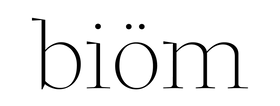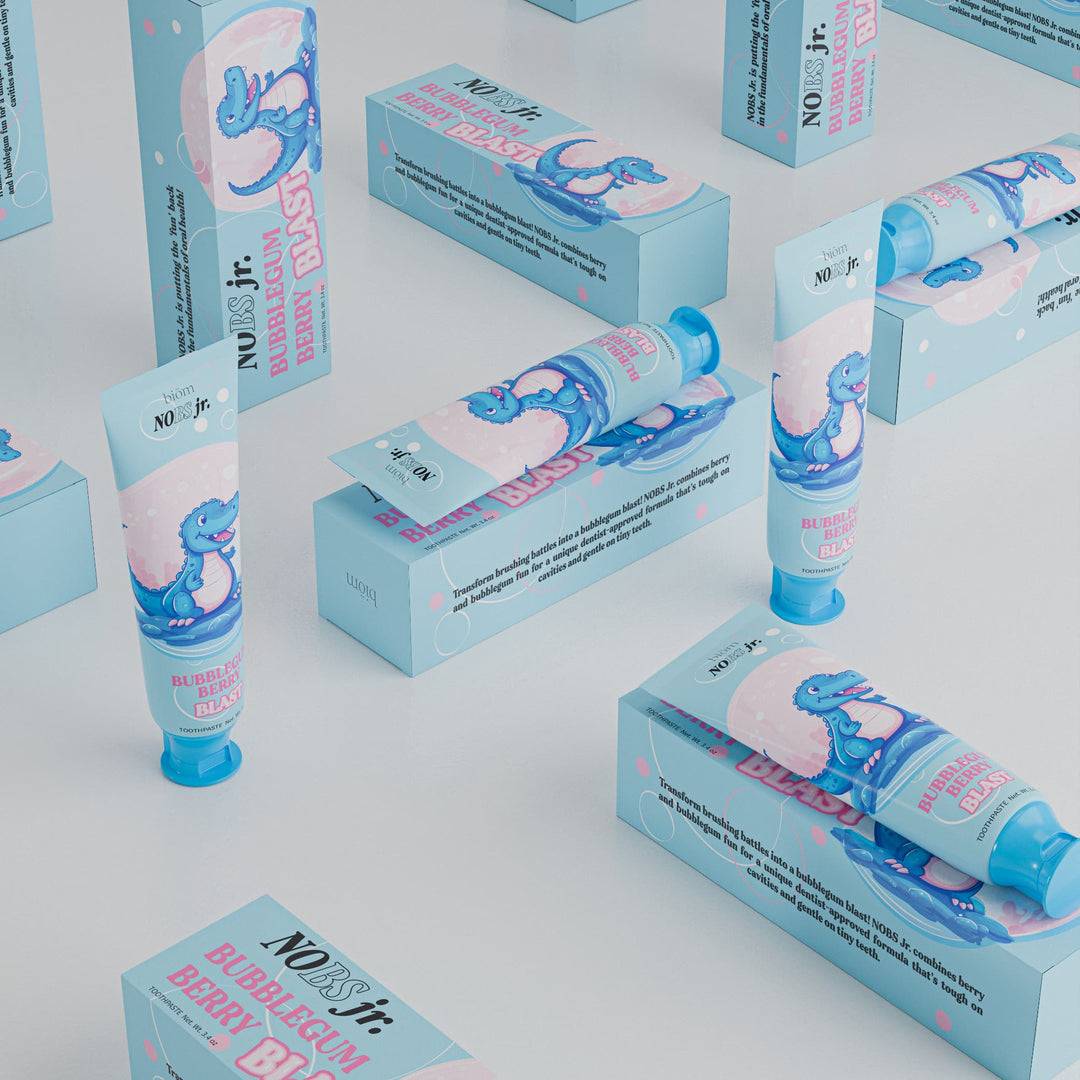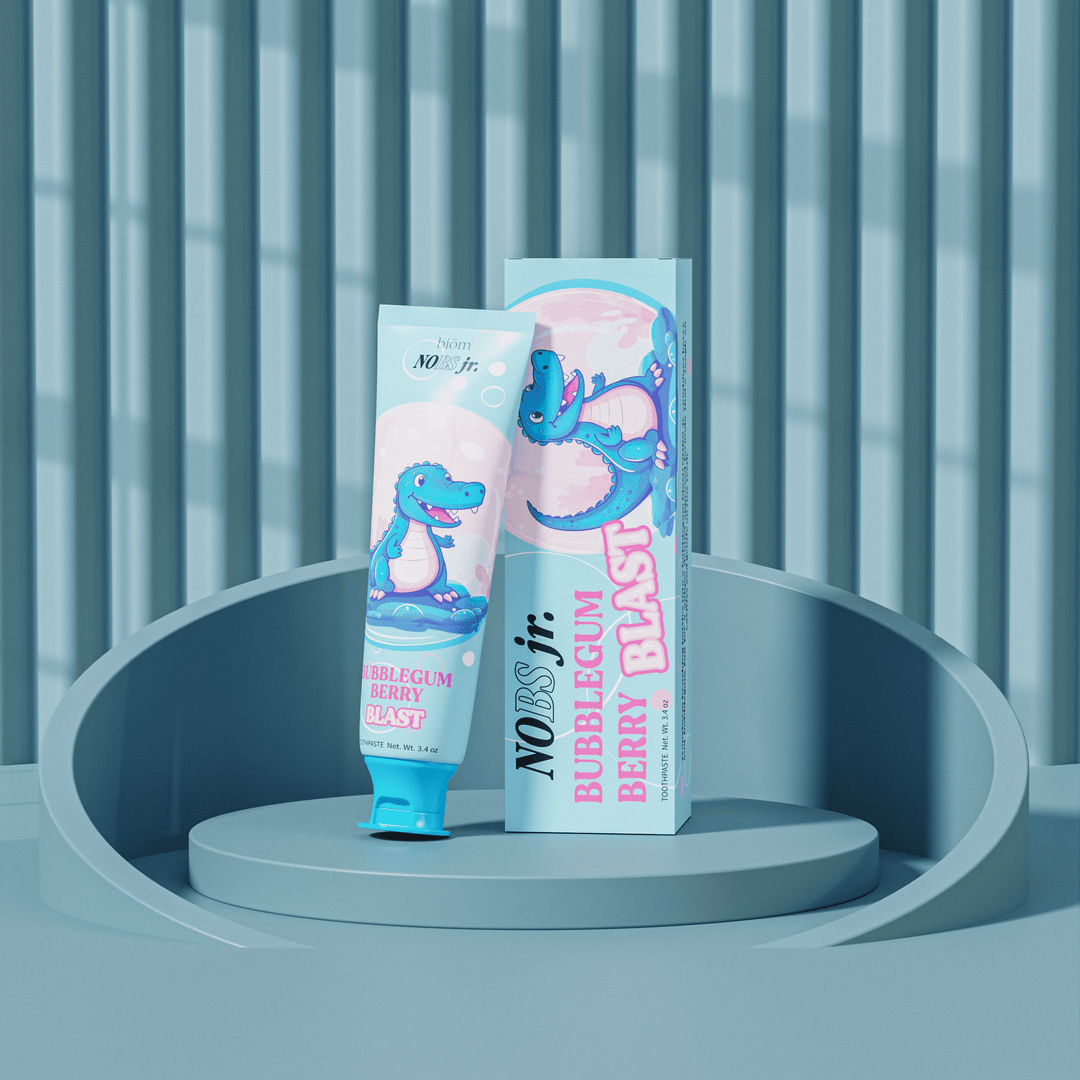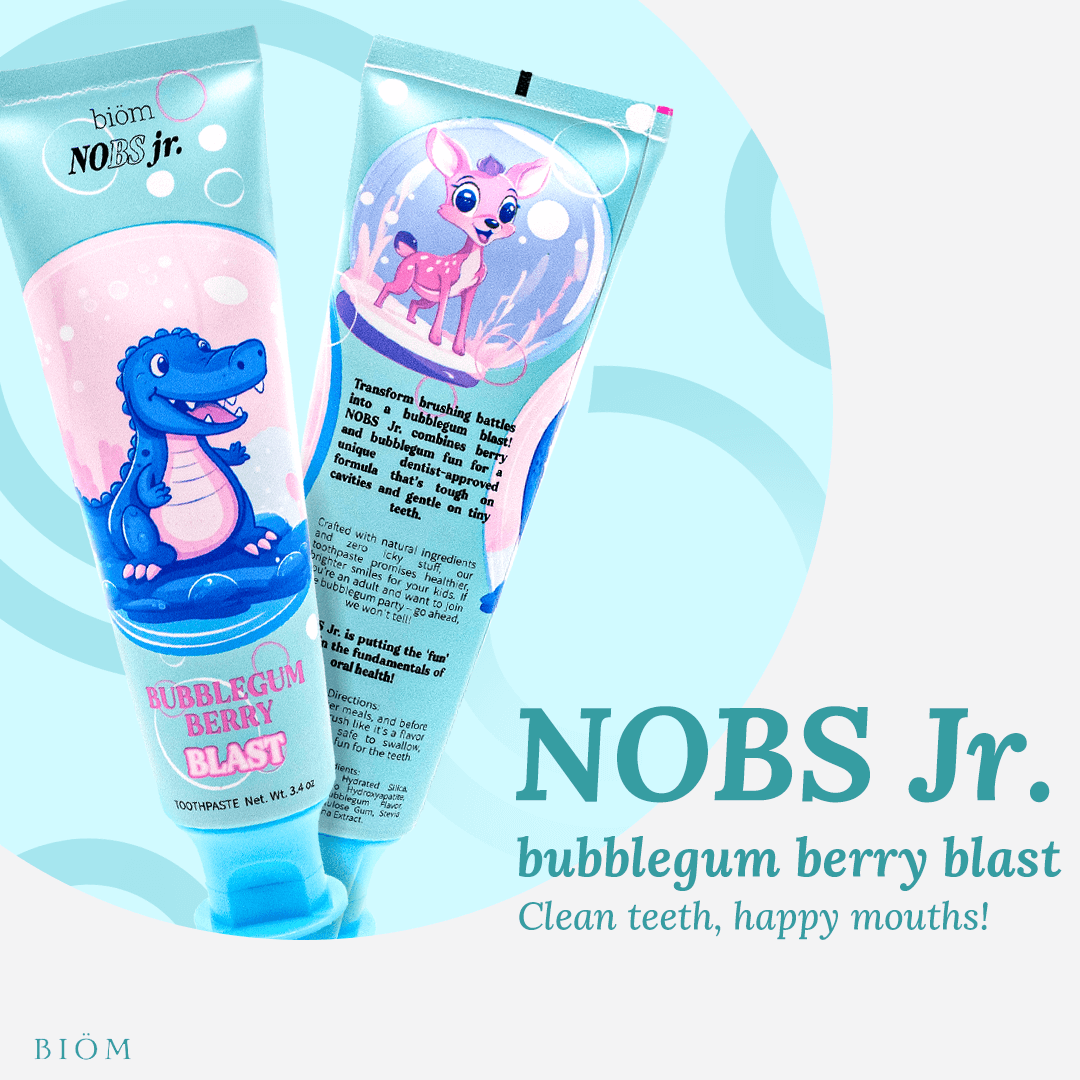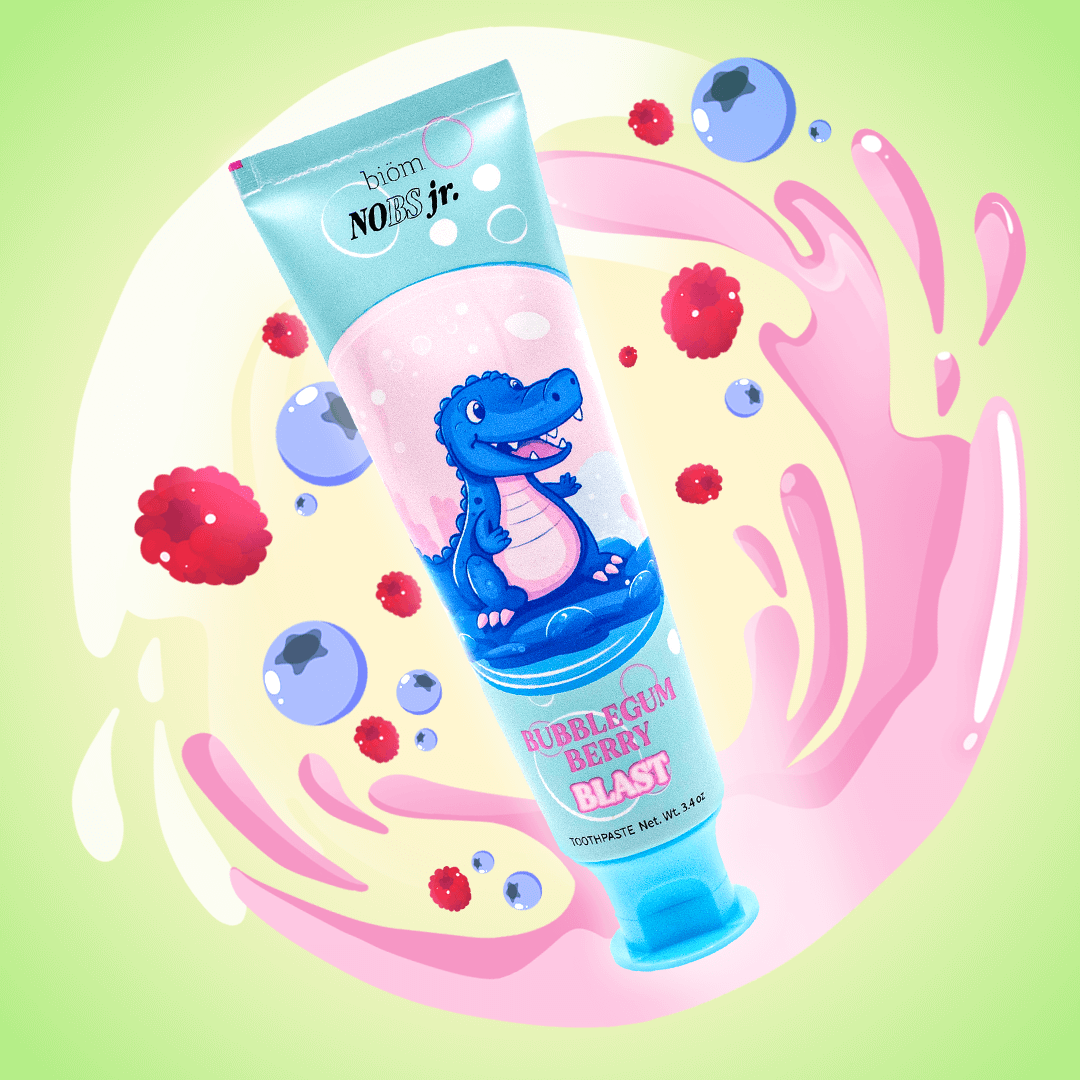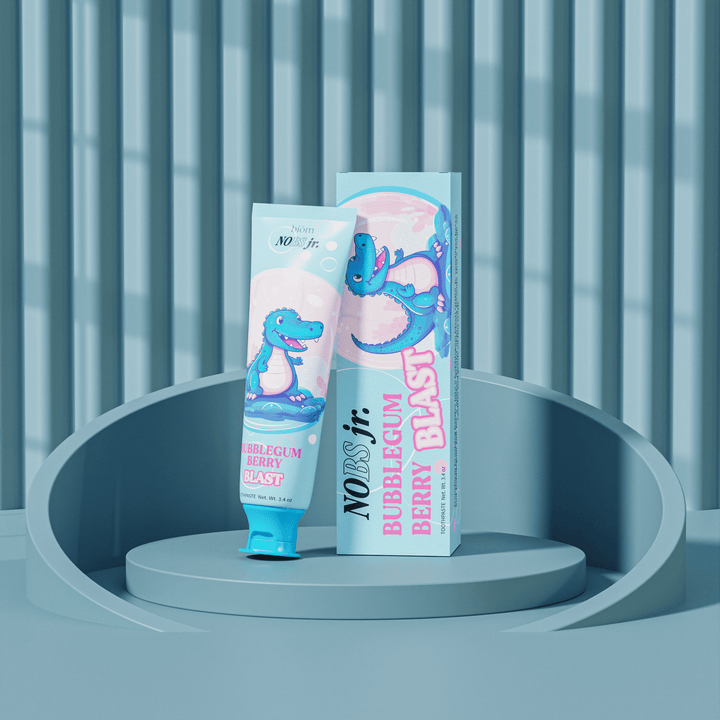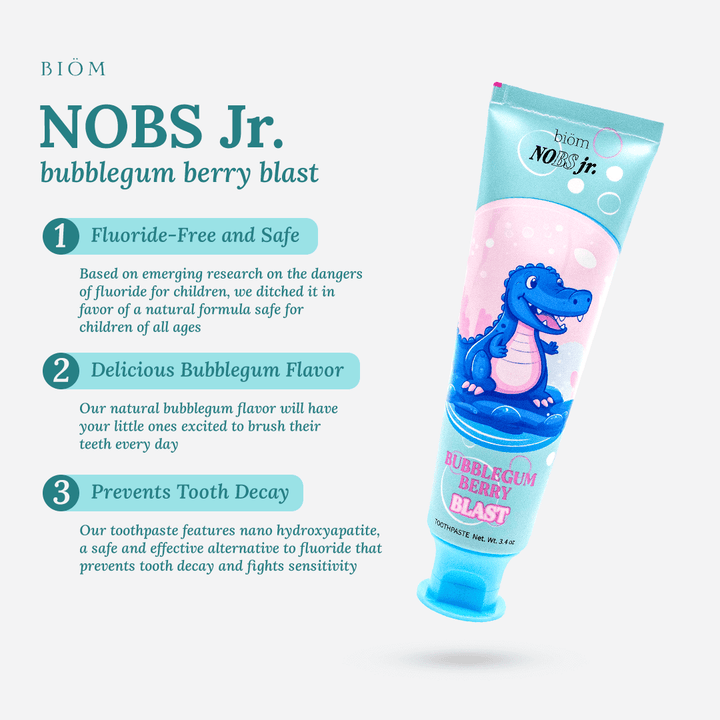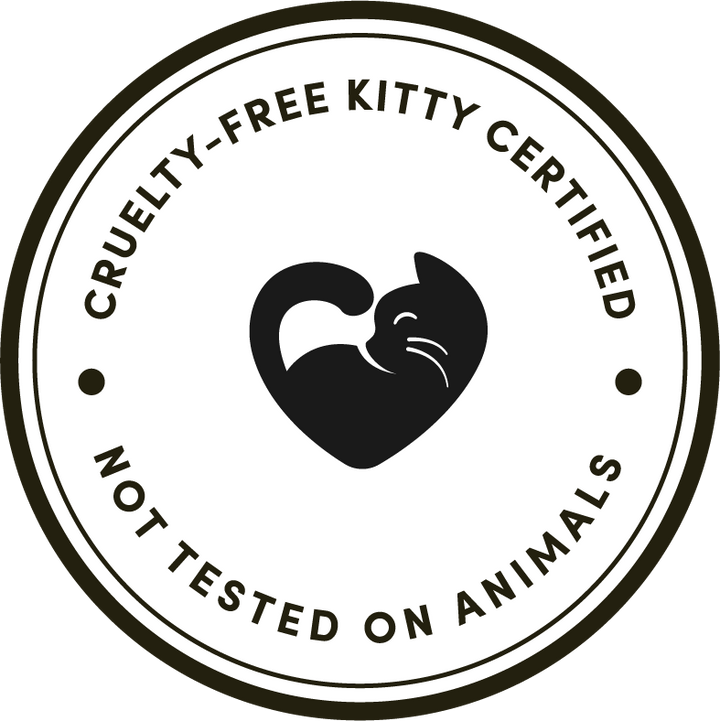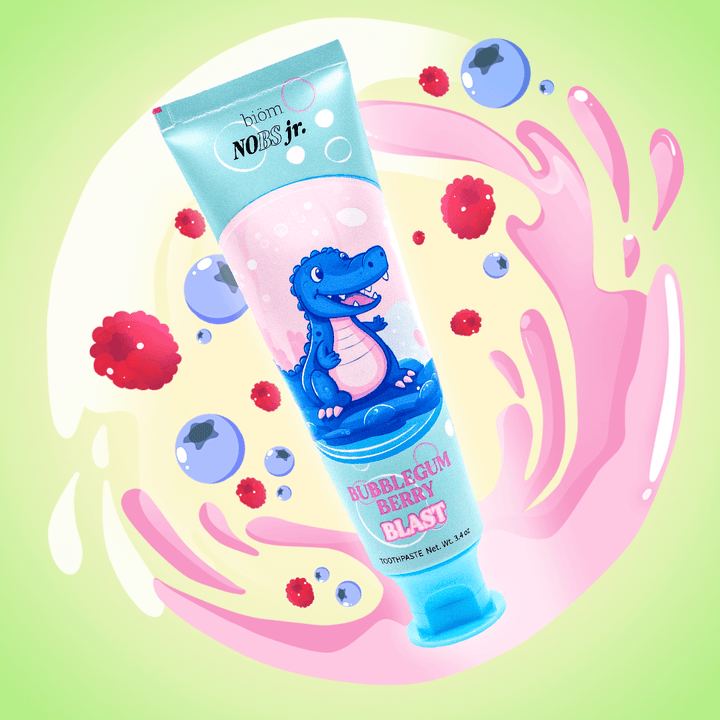Can Kids Use Whitening Toothpaste?
No, kids should not use whitening toothpaste.
Most whitening toothpaste works by incorporating abrasive agents like silica or bleaching agents like hydrogen peroxide to remove surface stains on your teeth.
These ingredients can be too abrasive for the developing enamel of your child's teeth.
Therefore, any whitening treatment should be avoided for children as they can cause premature wear and tear on the tooth enamel.
Keep reading to learn everything you need to know about whitening toothpaste and whether it's safe for children.
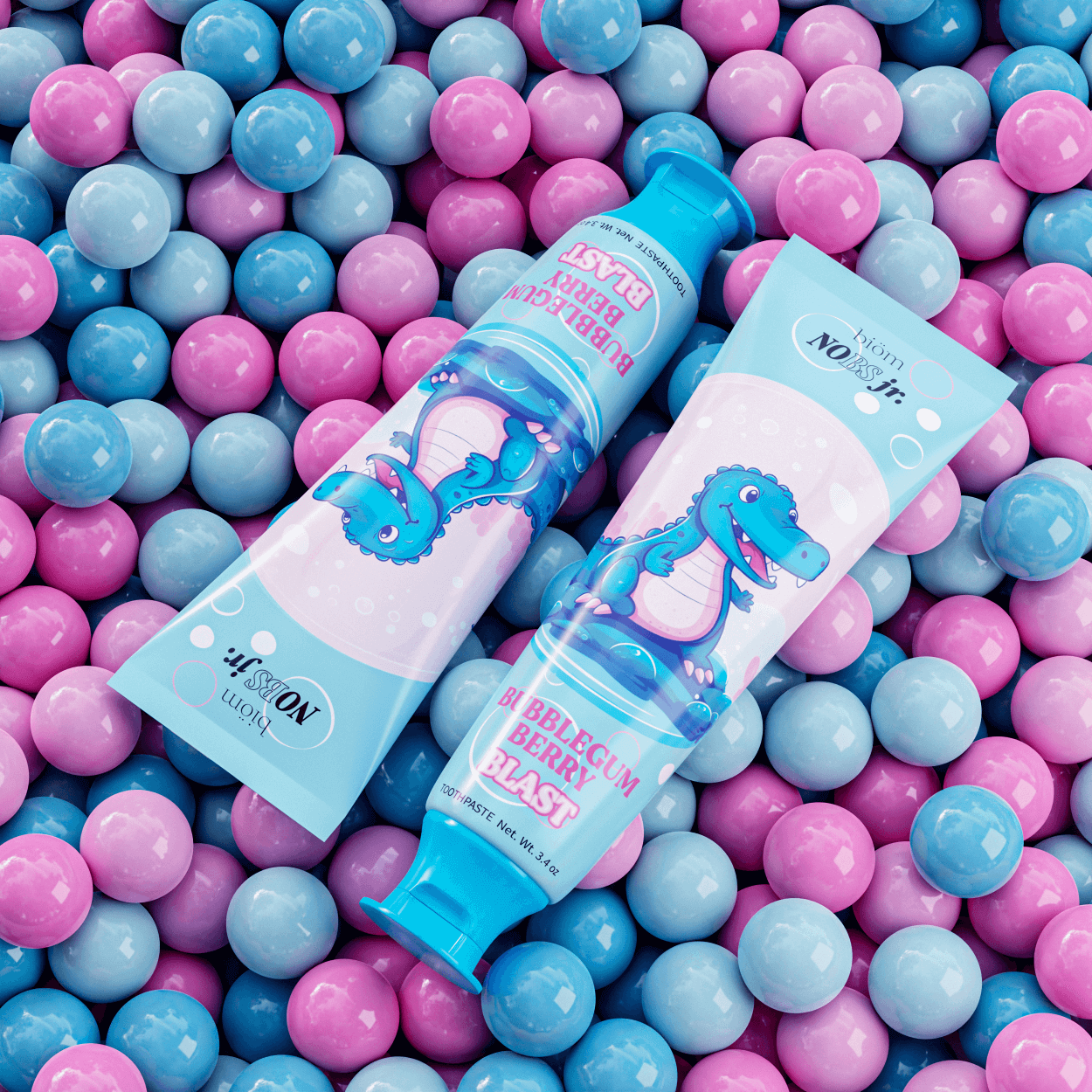
First, what causes teeth staining in children?
Whether you're an adult or child, stains on your teeth can have a number of causes from dietary and lifestyle factors. Food items such as
and more will cause teeth to stain over time.
Of course, while whitening treatments can be effective, it's better to learn how to prevent teeth staining in the first place.
Can I whiten my kids' teeth?
No, teeth whitening for kids is not recommended without consulting a dentist.
In fact, the Professional Organization for Pediatric Dentists (AAPD advises against using whitening products for children under 15 due to the risk of enamel damage and sensitivity. Children's teeth are still developing, and using such products too early may harm their oral health.
Further, studies suggest that a focus on good oral hygiene, including regular brushing, flossing, and avoiding staining foods or drinks, is the best way to maintain your child's bright smile.
If discoloration is a concern, it's best to consult a pediatric dentist who can provide safer, child-friendly alternatives or treatments.
How does whitening toothpaste work?
Whitening toothpaste works thanks to two main types of ingredients:
-
Abrasive agents (like silica)
-
Bleaching agents (like hydrogen peroxide)
Over time, regular brushing with whitening toothpaste may visibly brighten your teeth compared to using non-whitening toothpaste.
However, whitening toothpaste mainly affects surface stains and will not change the intrinsic color of your teeth.
Further, while whitening toothpaste is not bad, you shouldn't use it everyday as it can damage your enamel due to the abrasivity.
Is it safe to whiten my child's teeth?
Generally, it is not safe to use whitening toothpaste or whitening strips on your child's discolored teeth. This is because the chemicals and abrasive ingredients in these whitening products can damage the enamel of their developing teeth.
Further, research suggests that teeth whitening can cause tooth sensitivity and gingival irritation which can be traumatic for children.
Once your child's permanent teeth come in and fully calcify, you can consider using different methods to whiten teeth, including whitening strips or whitening toothpaste.
Potential Benefits of Teeth Whitening for Kids
When used to brush properly, whitening toothpaste can prevent staining and provide your children's teeth with safe outcomes.
Some benefits include:
-
Aesthetic Appeal: Just like adults, children can be self-conscious about the color of their teeth
-
Early Prevention: Whitening toothpaste can prevent surface stains from settling in, which is especially beneficial if a child consumes foods and drinks that can stain teeth.
-
Positive Reinforcement: The visible results might motivate kids to maintain good oral hygiene habits
That being said, especially for young children, the risks of teeth whitening outweigh the benefits.

Potential Risks of Teeth Whitening for Kids
Unlike how adults can use kids toothpaste, kids should avoid using adult toothpaste with whitening agents.
Teeth whitening treatments can pose many risks for children's teeth, such as:
-
Tooth Sensitivity: The abrasive or bleaching agents can make kids' teeth more sensitive over time. This is true for even expectant mothers who should avoid teeth whitening during pregnancy.
-
Overuse of Toothpaste: Children might use too much toothpaste, thinking it will lead to quicker whitening, which can be harmful to their enamel
-
Damage to Enamel: Younger children have softer enamel, and abrasive toothpaste could cause premature wear and tear
It's best to be informed about the risks and benefits of teeth whitening before considering it for your child.
Further, please note that kids should not use adult toothpaste in general as it can be too abrasive for their developing teeth.
How to Whiten Kids Teeth
Teeth whitening is typically not suitable for children, but there are some safe alternatives, including:
-
Nano-Hydroxyapatite Toothpaste: As kids should avoid fluoride, certain brands offer kids hydroxyapatite toothpaste which is less abrasive and focuses on cavity prevention
-
Professional Cleaning: A dental cleaning can remove many surface stains and is safer for children than teeth whitening products
-
Diet Modification: Limiting foods and drinks that stain teeth can also help!
Further, research suggests that dental treatments like enamel microabrasion can benefit children and teens.
For adults, there is also the option of using whitening strips or professional teeth whitening.
When can children begin using teeth whitening toothpaste?
Children can begin using whitening toothpaste once their permanent teeth come in and fully calcify.
By this time, their teeth will have fully hardened and be able to withstand abrasion from whitening toothpastes and treatments.
Further, the American Academic of Pediatric Dentists suggests that parents should supervise their children when using over-the-counter dental bleaching products to ensure no adverse effects.
Recommendations for Child Use
Interested in teeth whitening for your children?
Follow this checklist to ensure you do it safely:
-
Consult a Dentist: Check in with your family's pediatric dentist about the appropriateness of whitening toothpaste for your child's specific needs
-
Supervise During Brushing: Make sure your children are using an appropriate amount of toothpaste and not swallowing it
-
Monitor for Sensitivity: Keep an eye out for any signs of tooth sensitivity, as this can happen in adults as well.
Better Alternatives for Kids
Teeth whitening is typically not suitable for children, but there are some alternatives, including:
-
Nano-hydroxyapatite Toothpaste: As kids should avoid fluoride, certain brands offer kids hydroxyapatite toothpaste which is less abrasive and focuses on cavity prevention
-
Professional Cleaning: A dental cleaning can remove many surface stains and is safer for children than teeth whitening products
-
Diet Modification: Limiting foods and drinks that stain teeth can also prevent teeth staining
For adults, there is also the option of professional teeth whitening - talk to your dentist about your options.
Signs Your Child is Ready for Adult Toothpaste
Does it seem like your child is aging out of kids toothpaste?
Well, if the following apply, they may be ready to graduate to adult fluoride-free toothpaste:
-
Proper Brushing Technique: Your child can effectively brush all surfaces of their teeth without help
-
No Swallowing: Your child does not swallow toothpaste and spits it out correctly
-
Dentist's Approval: Your pediatric dentist has given the go-ahead for using adult toothpaste that contains teeth whitening agents
Remember, it's best to pick up a remineralizing toothpaste to prevent tooth decay over time.
Is it safe for kids to use hydroxyapatite toothpaste daily?
Yes, it is safe for kids to use hydroxyapatite toothpaste every day.
This ingredient helps strengthen enamel, prevent cavities, and is gentle on teeth. Unlike fluoride, hydroxyapatite is non-toxic, so there’s no risk if a child accidentally swallows a small amount. It also supports natural tooth repair, making it a great choice for growing kids.
For the best results, make sure your child brushes properly and spits out excess toothpaste.
If you’re unsure, you can always check with your dentist. Switching to hydroxyapatite toothpaste is an easy way to protect your child’s teeth without the risks of fluoride.
Frequently Asked Questions
How does whitening toothpaste work?
Whitening toothpaste contains mild abrasive agents like silica or bleaching agents like hydrogen peroxide that remove surface stains over time but do not change the intrinsic color of teeth.
What age can a child use whitening toothpaste?
Children should not use whitening toothpaste while their teeth are still developing. By the time their adult teeth have fully developed, they can begin using adult toothpaste, but this timeline varies. Check with your dentist first before starting your child on a whitening toothpaste.
How to clean newborn tongue?
To clean a newborn's tongue, use a soft, damp cloth or a finger brush designed for infants. Gently wipe the surface of the tongue to remove any milk residue or bacteria. It's best to do this after feedings, but be gentle to avoid gagging. Regular cleaning helps maintain oral hygiene and can prevent future issues.
Can babies use adult toothpaste?
No, babies should not use adult toothpaste because it contains higher levels of fluoride, which can be harmful if ingested in large amounts. Instead, use a fluoride-free toothpaste specifically designed for infants and toddlers. These toothpastes are safer and help establish good oral hygiene habits from an early age.
When should you start brushing baby teeth with toothpaste?
You can start brushing your baby's teeth with toothpaste as soon as their first tooth erupts, typically around six months of age. Use a fluoride-free toothpaste specifically designed for infants, applying a tiny smear (about the size of a grain of rice). As your child grows and has more teeth, you can gradually increase the amount to a pea-sized amount. Always supervise brushing to ensure they don’t swallow the toothpaste.
What is the safest toothpaste for kids?
The safest toothpaste for kids is NOBS Jr. Kid's Toothpaste, which is both safe and effective. It contains nano hydroxyapatite, making it a fluoride-free option that helps remineralize and strengthen teeth without the risk of fluoride toxicity. This makes it an ideal choice for maintaining your child's dental health.
Can I whiten my 13 year old’s teeth?
Whitening a 13-year-old's teeth is possible, but it's best to proceed with caution. Many dentists recommend waiting until the child’s permanent teeth are fully developed to avoid sensitivity or damage. If you do consider whitening, it's safer to use non-abrasive options like NOBS Jr. Kid’s Toothpaste or consult a dentist for professional guidance.
Is there a whitening toothpaste safe for kids?
Yes, whitening toothpaste can be safe for kids, but it's important to choose a gentle, non-abrasive option. Remineralizing toothpastes, like those with nano-hydroxyapatite, are ideal as they help strengthen enamel without harsh chemicals. Always consult your dentist to ensure it's appropriate for your child's dental health.
What is the best toothpaste for kids with white spots?
The best toothpaste for kids with white spots is one that helps strengthen enamel and prevent further mineral loss. NOBS Jr. Kids Toothpaste is an excellent choice, as it’s specifically formulated to protect young teeth while gently addressing white spots. Its fluoride-free formula with natural ingredients supports remineralization, promoting healthier teeth without harsh chemicals.
What are the benefits of teeth whitening toothpaste for kids?
Teeth whitening toothpaste for kids can help remove surface stains and brighten their smile without harsh chemicals. It also promotes good oral hygiene by encouraging regular brushing. However, it’s important to choose kid-friendly formulas to protect developing teeth from sensitivity or enamel damage.
What is the best thing to whiten kids' teeth with?
The best way to whiten kids' teeth is to use nano hydroxyapatite toothpaste designed for children, as it is safe and effective. This toothpaste helps remineralize teeth while gently removing stains and poses no risk of fluoride toxicity. Compared to fluoride, nano hydroxyapatite offers a safer alternative for maintaining your child's dental health.
